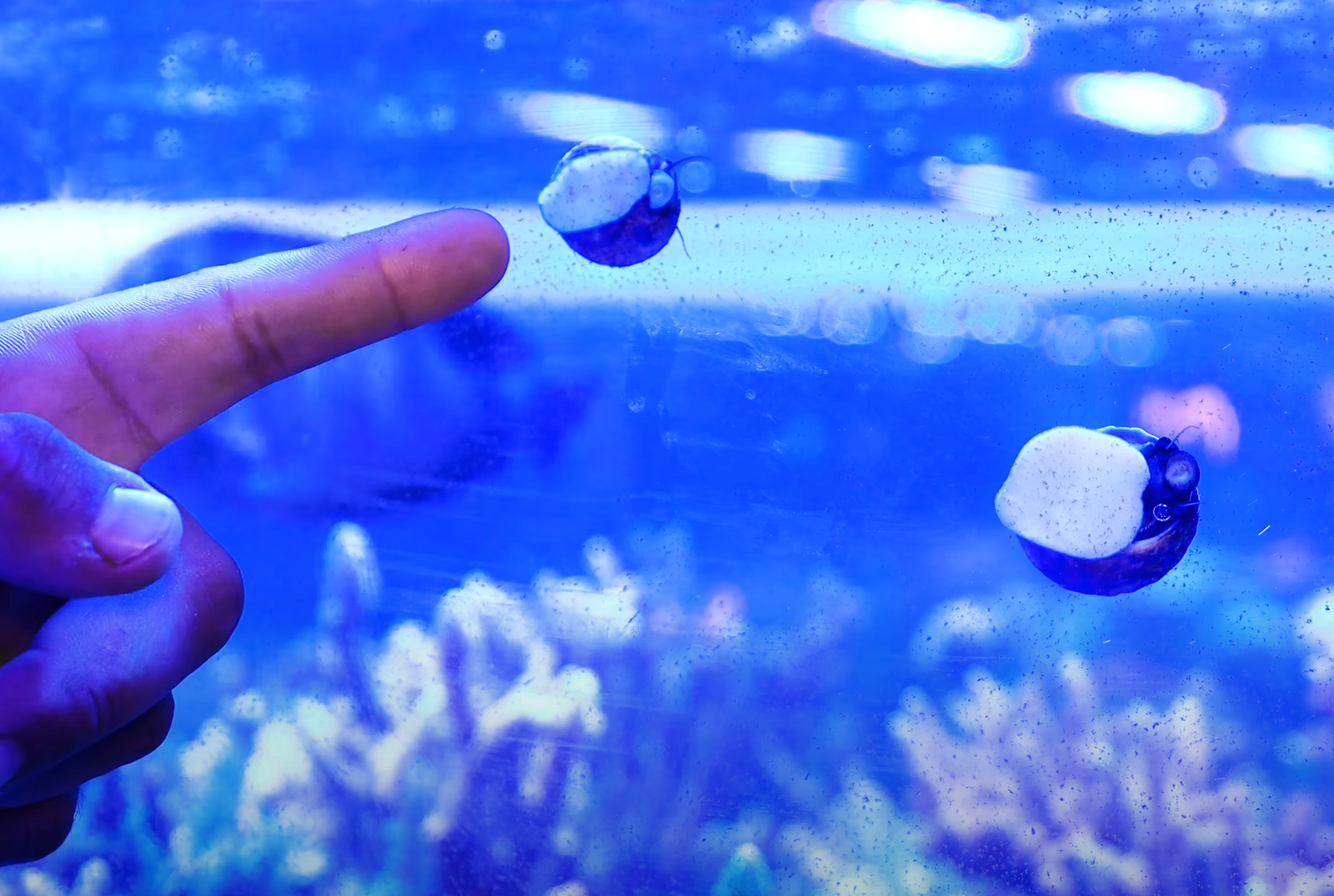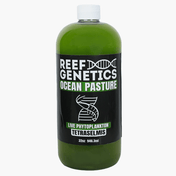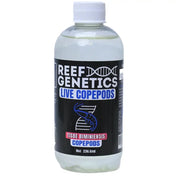When it comes to maintaining a thriving saltwater aquarium, turbo snails are unsung heroes. These hard-working invertebrates play a critical role in controlling algae growth and keeping your tank clean. Whether you're a seasoned aquarist or just getting started, understanding how to care for these marine snails can dramatically improve your aquarium’s health and appearance. In this guide, we'll explore everything you need to know about turbo snails—from selection and care to troubleshooting and long-term maintenance.
Understanding Turbo Snails
Turbo snails (Turbo fluctuosa), also known as Mexican turbo snails or turban snails, are marine gastropods native to the Pacific Ocean, particularly around Mexico and Central America. Their name stems from the thick, spiraled "turban-like" shape of their shells. Often adorned with ridges and subtle iridescence, these snails are not only functional but also visually appealing additions to your saltwater aquarium.
Their calm nature and efficient algae-eating habits make them a staple in reef and fish-only systems alike. Typically growing up to 2 inches, large turbo snails are robust and steady grazers that can help prevent algae outbreaks when introduced in the right numbers.
Benefits of Turbo Snails in Aquariums
One of the main reasons hobbyists add turbo snails to their tanks is for their exceptional cleaning ability. These marine snails consume several types of algae, including hair algae, diatoms, and film algae—common nuisances in saltwater setups.
Their presence enhances:
- Algae Control: They constantly graze on live rock, glass, and substrate, helping prevent the overgrowth of unwanted algae.
- Tank Aesthetics: A cleaner tank means clearer views and more vibrant corals.
- Ecosystem Balance: As part of a cleanup crew, turbo snails contribute to nutrient cycling and reduced detritus buildup.
The turbo snail marine environment also benefits from their non-aggressive nature, allowing peaceful coexistence with most tank mates.
Selecting the Right Turbo Snail for Your Aquarium
Not all turbo snails are the same. While the Mexican turbo snail (Turbo fluctuosa) is most common, it's essential to choose snails that match your tank's size and bio-load.
Here are a few tips when selecting turbo snails:
- Tank Size: 2-3 turbo snails are recommended per 20–30 gallons to prevent competition for algae and reduce the risk of starvation.
- Snail Size: Large turbo snails are effective grazers but can dislodge unsecured corals or rockwork.
-
Species Identification: Avoid confusion with similar-looking snails (like margarita snails) if you're specifically looking for turbo snail saltwater cleaners.
Acclimating Turbo Snails to Your Aquarium
Like all marine invertebrates, turbo snails require a careful acclimation process. They’re sensitive to sudden changes in water chemistry.
Drip Acclimation is recommended:
- Float the snail bag in your tank for 15-20 minutes.
- Gradually introduce tank water into the bag over 1–2 hours using airline tubing or a drip line.
-
Gently place the snails into the tank—preferably onto rock surfaces or glass, as they may struggle to flip themselves over if dropped upside down.
Avoid copper-based treatments in the acclimation tank or display tank, as turbo snails are extremely sensitive to copper.
Feeding and Care Requirements
While turbo snails primarily graze on algae, they still need a stable food source to survive.
Diet Includes:
- Hair algae
- Diatoms
-
Film algae on rocks and glass
In algae-scarce tanks, supplement their diet with:
- Dried seaweed (nori)
- Algae wafers
-
Spirulina-based pellets
Water Parameters for saltwater turbo snail care:
- Temperature: 72°F to 80°F
- pH: 8.0 to 8.4
- Specific Gravity: 1.020 to 1.025
- Calcium: Essential for shell development
- Nitrate Levels: Must remain low to prevent stress or death
Secure rockwork and decorations, as turbo snails can accidentally bulldoze lightweight aquascape items while on the hunt for algae.
Common Challenges and Solutions
Like any aquarium inhabitant, turbo snails come with their own set of challenges. Here are some common issues and how to address them:
1. Flipping Over
Turbo snails cannot easily right themselves when flipped. If left upside down, they may become targets for opportunistic tank mates. Regularly check on your snails and assist them if needed.
2. Lack of Food
Overstocking turbo snails can lead to a lack of algae, which causes starvation. Monitor algae levels and supplement feeding if necessary.
3. Predators
Aggressive fish (e.g., certain wrasses) or large hermit crabs may harm or eat turbo snails. Only house them with peaceful, reef-safe tank mates.
4. Poor Water Quality
These snails are sensitive to elevated nitrates and swings in salinity or pH. Regular testing and stable conditions are essential.
Purchasing Turbo Snails: What to Consider
Before purchasing, ensure you're buying from a reputable supplier. Healthy turbo snails will be actively grazing in their holding tanks and have no visible shell damage or limp foot muscles.
Other considerations:
- Size: Available from ¾" to 2"
- Seasonality: During peak summer (July–September), suppliers may pause shipments due to heat stress in collection regions like Mexico.
- Shipping: Opt for UPS Overnight or similar express services during extreme weather for better survival rates.
Also, inspect the shells and foot for signs of damage or inactivity—both red flags in snails.
DIY Clean-Up Crew: Turbo Snails and Beyond
While turbo snails are a powerhouse algae solution, they work best as part of a diversified clean-up crew. A well-rounded crew might also include:
- Nassarius Snails (for detritus in sand)
- Cerith Snails (great glass and substrate grazers)
- Hermit Crabs (only if non-aggressive)
- Emerald Crabs (for bubble algae)
Together, these organisms maintain tank cleanliness while reducing manual labor on your end.
Remember: balance is key. Too many cleaners can deplete food sources and stress each other out.
Turbo Snail Health and Lifespan
Under proper care, turbo snails generally live 1–2 years, though some have been reported to live up to 5 years in stable reef environments. Their lifespan is directly tied to:
- Water stability
- Calcium availability
- Algae or supplemental diet
- Low stress from predators or handling
Snail shells should remain smooth and intact. Pitting, cracking, or flaking may indicate calcium deficiencies or poor water quality.
Frequently Asked Questions About Turbo Snails
How many turbo snails should I add to my tank?
A good rule of thumb is one snail per 20–30 gallons of tank volume.
Can turbo snails flip themselves over?
Sometimes, but not always. If you find one upside down and not moving, gently turn it right-side up.
Do turbo snails reproduce in aquariums?
Rarely. While it’s possible, successful breeding in captivity is uncommon.
Are turbo snails reef-safe?
Yes! Turbo snail saltwater compatibility makes them a great choice for reef tanks, though their size means they can accidentally knock over corals.
What’s the best food to supplement if algae is low?
Dried seaweed (nori) is an excellent algae alternative. Attach it with a veggie clip or rubber band it to a rock.
Final Thoughts
Saltwater turbo snails are not just another pretty shell in the tank—they're one of the most efficient and low-maintenance tools you can add to your aquarium’s clean-up crew. Their appetite for algae, peaceful temperament, and resilience make them a must-have for marine hobbyists of all experience levels.
By understanding their needs and behavior, you can ensure your turbo snails thrive and continue contributing to a healthy, balanced, and beautiful aquatic environment. Whether you’re battling hair algae or simply want to keep your reef tank looking its best, turbo snails are up for the task.
For aquarists looking to add a reliable algae-eater to their ecosystem, there’s no better place to start than with a turbo snail.



















